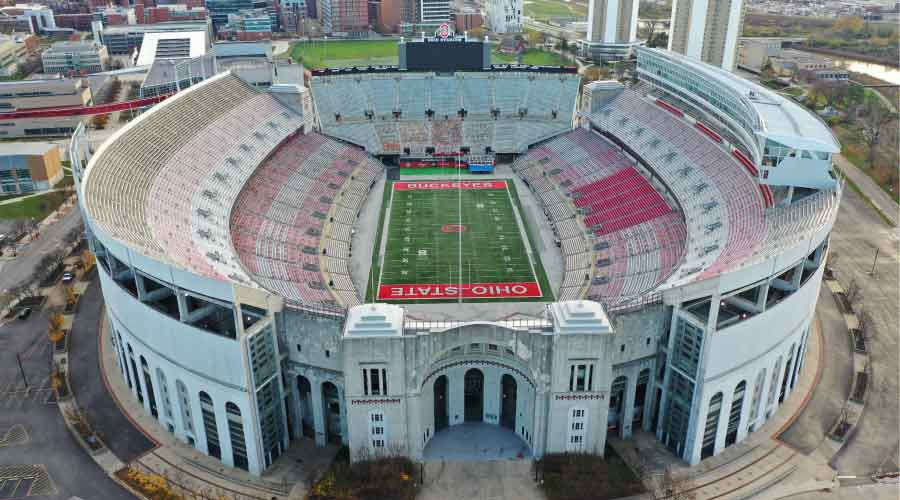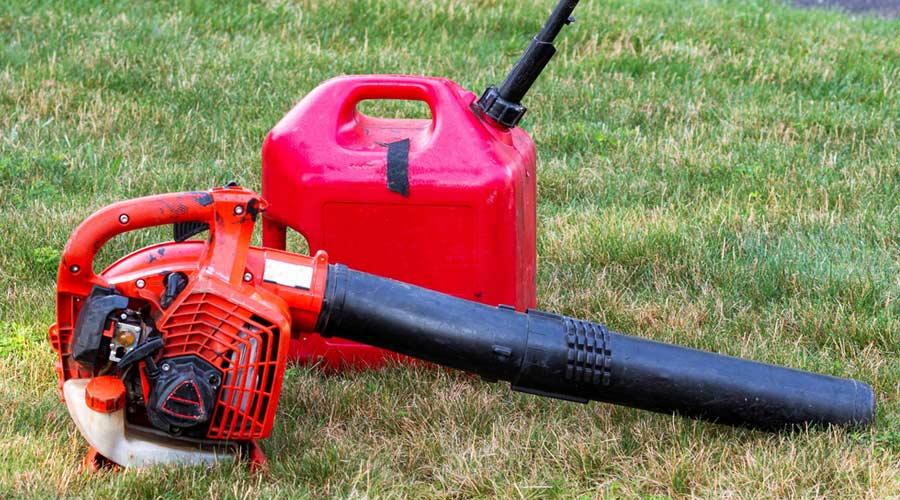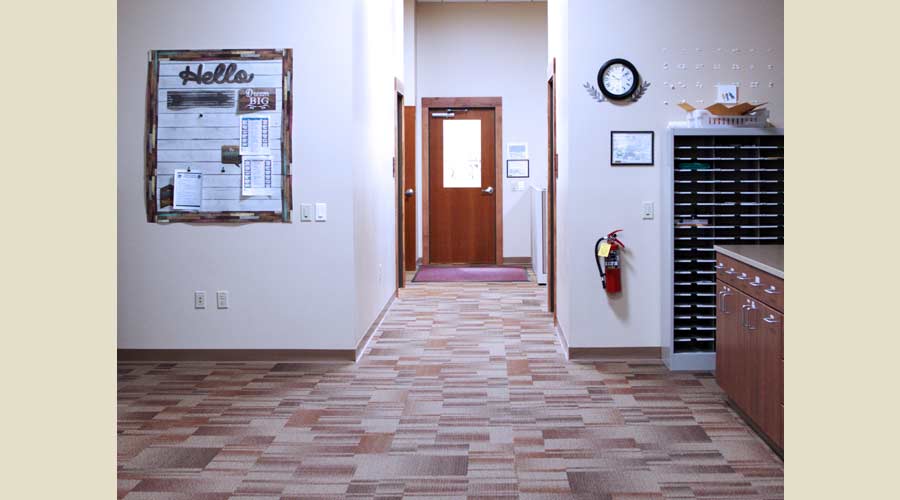
Ohio States Seeks New Sources of Facilities Funds
Campus officials seek funding from maintenance fee on athletics tickets and sale of oldest buildings. October 24, 2022
By Dan Hounsell, Senior Editor
Effectively maintaining an aging stock of facilities creates a host of complex challenges for institutional organizations that rely on public funding, as maintenance and engineering managers know all too well. Ohio State University (OSU) recently announced two actions designed to help its facilities team tackle the problem of generating funding to support the maintenance mission.
First, the university announced that the public will play a direct role in maintaining historic Ohio Stadium. Gene Smith, OSU’s athletic director, said the athletic department will begin charging a maintenance fee on tickets sold at all its facilities, possibly as early as next year. Smith said the department’s revenue generation committee is studying the specifics of that fee, including what amount to charge.
Smith said maintenance on Ohio Stadium runs $2.2-2.5 million annually, which is paid by the athletic department. Much of that cost deals with structural factors such as concrete repair and replacement. Seating capacity in Ohio Stadium has been a little under 103,000 since 2019. Smith said future renovations could reduce that capacity, possibly to increase premium seating.
Second, the university is targeting some of its oldest buildings as potential sources of funding for campus facility improvements and construction. Over the next decade, OSU will tear down century-old buildings and replace with new labs, classrooms and residency halls, according to Ann Dorrance, dean and director of the university’s College of Food, Agricultural and Environmental Sciences Wooster campus. But for the college's goals to become a reality, Dorrance said, additional funding is needed.
To find that money, OSU will sell seven Wayne County properties, she said. The historic current buildings on the Wooster campus are not cutting it. Financially, they cost too much to repair and are causing problems for students and faculty, slowing research and learning, Dorrance said. If all goes to plan, the college will demolish at least four buildings and two greenhouses, most of which are still in use but suffer from routine maintenance problems.
Dan Hounsell is senior editor of the facilities market. He has more than 25 years of experience writing about facilities maintenance, engineering and management.
Next
Read next on FacilitiesNet












